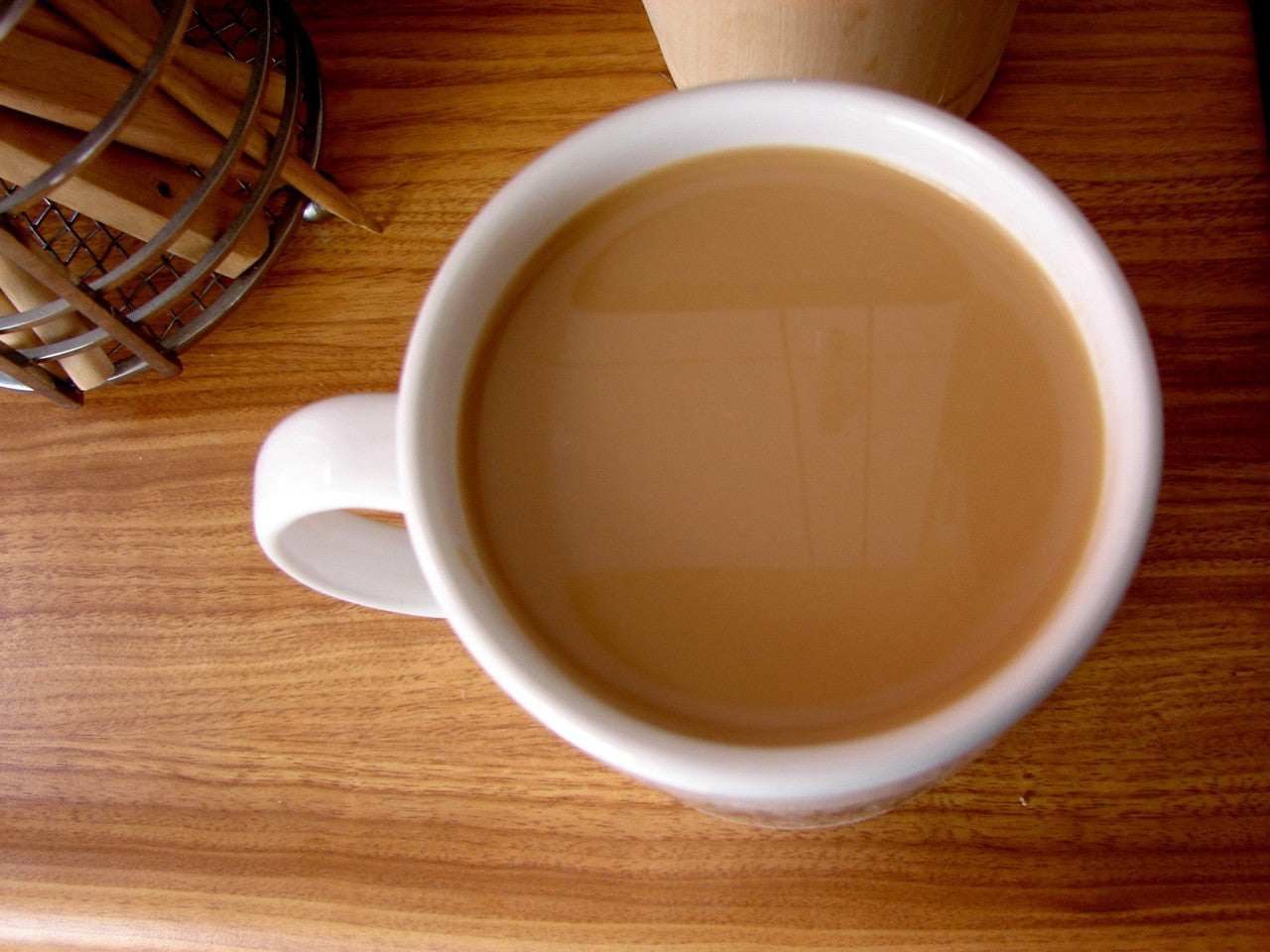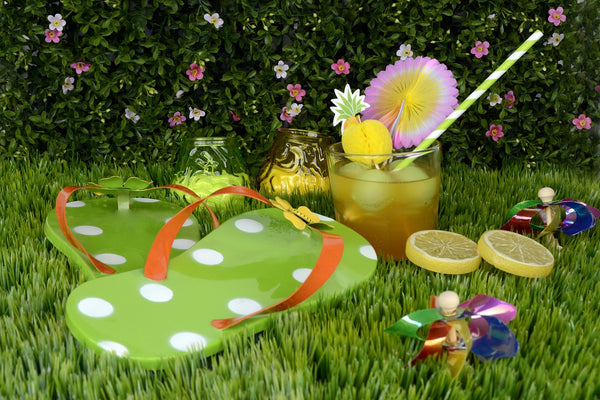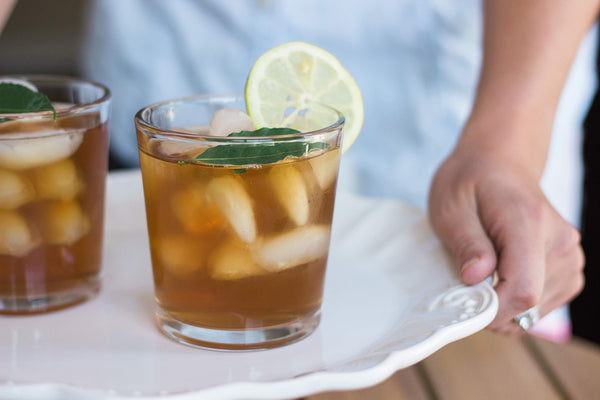
Imagine it’s World War II, you are a British secret agent working undercover in Nazi Germany. You have spent the past 5 years learning every social custom, fashion style and you have perfected a regional German accent. It is impossible for you to get caught…until you make tea. Believe it or not, this is not something I made up. In general, the British custom is to pour milk in your cup first, then tea. Whereas, the European custom is to pour the hot tea in first, then milk. So doing something as simple as pouring milk could be a dead giveaway that you are not German.
But what is the big deal?
People get into habits and when you do something every single day, like make tea, you get accustomed to doing things the way you want. Just ask an Italian food lover how they make their pasta. Do you put sauce on your noodles first in the pot and then serve or do you serve the noodles and place a scoopful of sauce on top? The same habits apply to tea, but there is more to it than just habits. There is a historical reason for doing this as well as two practical ways.
The English custom is derived from the use of bone china
Bone china has always been a status symbol. A reason why it became so popular is you can make beautiful designs while keeping the material almost razor thin. While this looks great, it became an issue when hot tea was poured into the teacup. When the hot tea hit the room temperature teacup, sometimes the china would crack due to the extreme temperature difference. To solve this problem, people would pour their milk into the cup first. This helped diffuse the temperature as the hot water was poured in and kept the bone china from cracking.
You can measure your milk if you pour it in first
There are also practical reasons for pouring your milk first. Because the cup is empty, you can get a better measure of exactly how much milk you are putting in your cup. It also gives you something to do while your tea is steeping.
But there is a flip side
Pouring the milk in after the tea is in the cup allows you to measure the amount of milk by color. So, instead of manually measuring the milk, you can just pour until it reaches that delicious, creamy caramel color we all love.
What about scalding the milk?
This is a touchy subject. Some say that pouring milk first scalds the milk. Others say exaclty the opposite. There is even a debate on if it is a good idea to scald the milk. So instead of trying to decipher the impossible, I will leave it up to you to see what tastes better.
Summary
Whether or not you are a secret agent, how you pour the milk in your tea is a really big deal to some tea drinkers. My recommendation is to try pouring your milk both ways and see what you like more. After all, it isn’t like doing it the “wrong” way will blow your cover.
photo: www.flickr.com/photos/davidlh/2240821779
Leave a comment
Comments will be approved before showing up.


